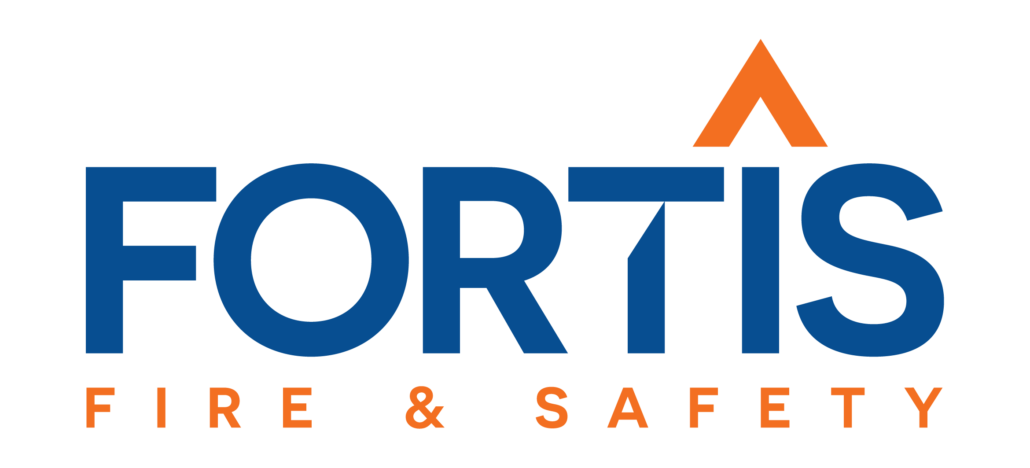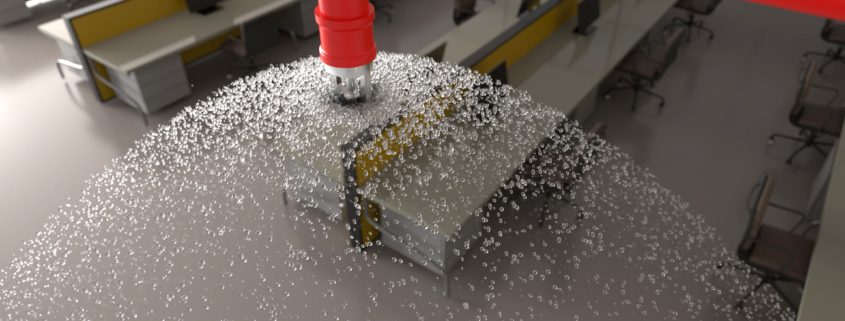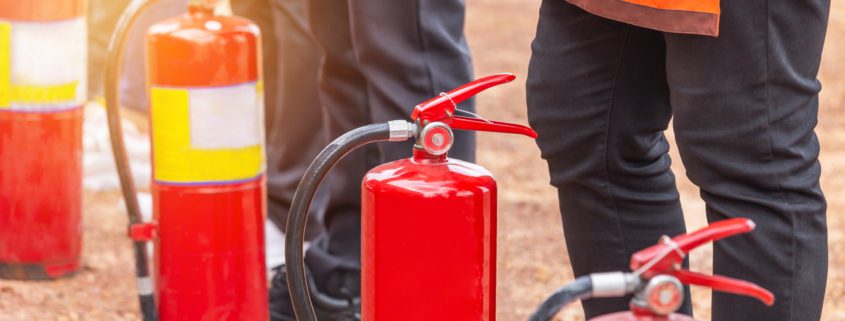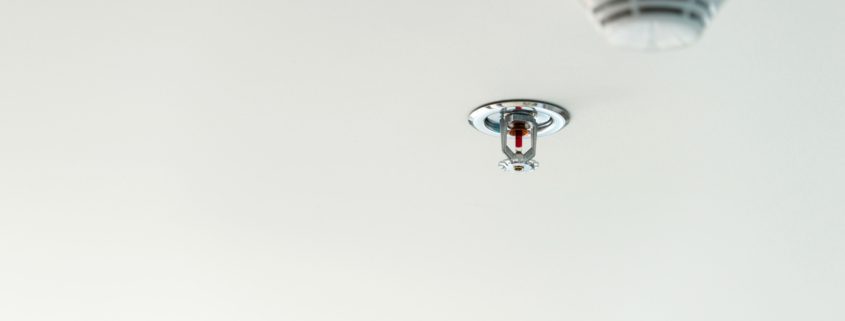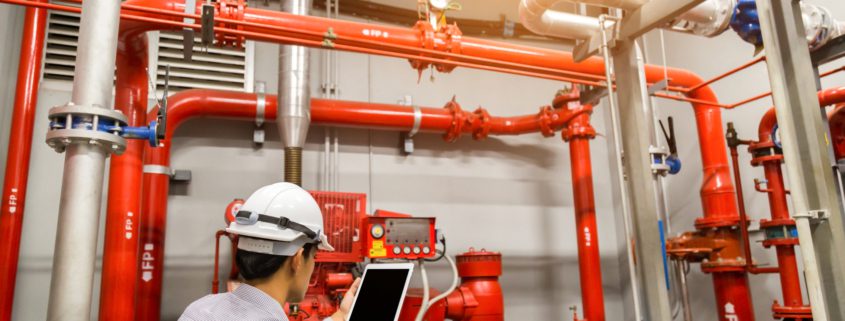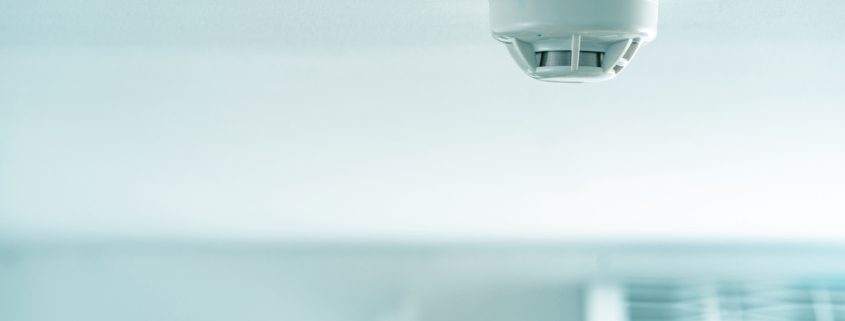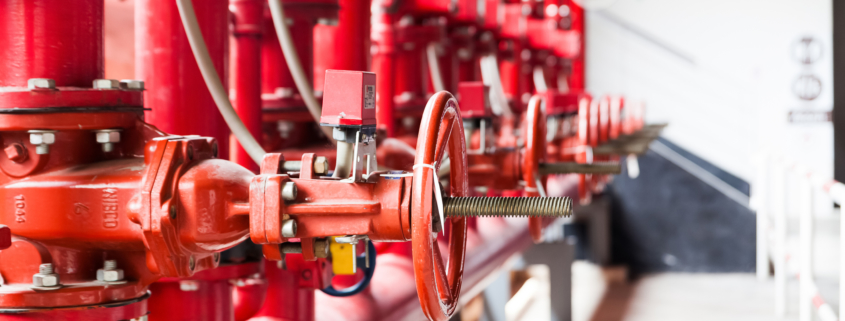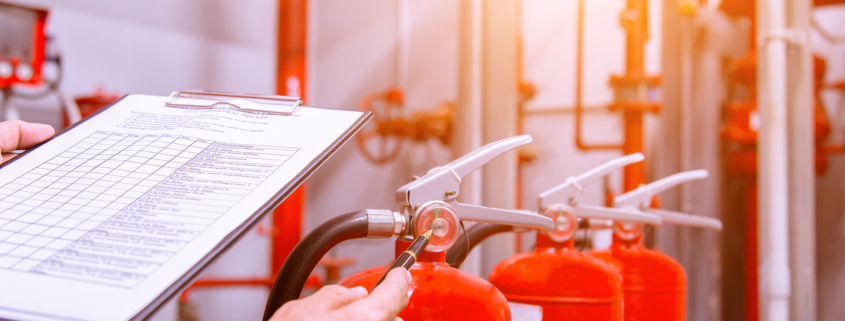A Business Owner’s Guide to Building Security
As a business owner, building security is crucial to protecting your property and staff. According to statistics provided by the FBI, 60% of burglaries occur outside of working hours. Why? Outside of working hours, your staff is typically less equipped to respond quickly and efficiently to the incident. In some cases, the staff may not even notice the incident is occurring.
Additionally, following the COVID-19 pandemic, more business owners are managing their business remotely. Not being at their building in person can cause business owners to feel concerned about the security of their business, but they don’t have to!
With the right protocols and systems in place, business owners can feel confident that their building is secure and safe, whether they are clocking in upstairs or from their living room.
Let’s dive into how to make this possible.
First, How Can Improved Security Benefit Your Business?
We understand–business owners have a lot on their plate and security may not always be the first priority. However, the right security can provide a host of benefits for your business. For example:
- Improved customer confidence in shopping on the premises
- Prevention of issues like break-ins, vandalism, or robbery
- Heightened employee safety both during and outside of business hours
Let’s Talk about Integrated Security Systems
Integrated security systems provide a solution to many security challenges faced by business owners. Let’s discuss what integrated security systems are and how they can protect your building and business (even after business hours or from home!).
Intrusion and Detection Alarm Systems
Intrusion systems are designed to use your existing IT infrastructure to increase efficiency. These solutions are scalable, reliable systems used for a wide variety of applications. They can be utilized in spaces such as mixed-use commercial office complexes to high-risk facilities.
How do Intrusion and Detection Alarms Work?
State-of-the-art technologies in intrusion systems implement event notifications sent to mobile phones and remote system management. These technologies can keep you up-to-date with the status of your facility, even when you are not there.
Closed-Circut Television (CCTV)
Closed-circuit television, or CCTV, is a television system in which signals are monitored for surveillance and security purposes. These signals are not publicly distributed.
How Does CCTV Work?
CCTV relies on the strategic placement of cameras as well as the consistent monitoring of the footage. CCTV cameras communicate with monitors and/or video recorders through private coaxial cable runs or wireless communication links. This allows the communication to be private and allows only the intended audience to be able to view the footage.
Access Control Systems
As the name implies, access control systems manage access. These systems control who enters the building or site and prevents unauthorized visitors from entering the facility. Access control systems are designed to maintain control over who comes into the building without impeding the work of those who are authorized.
How Do Access Control Systems Work?
While the details can vary depending on the types of access control and system the business owner selects, the main elements of an access control system are typically the same. These elements include:
- The tag
- Tag reader
- Access control panel
- Lock(s)
These elements cooperate to create an easy and simple experience for the user.
Further, these systems can be scaled from small businesses to multi-location companies with thousands of employees.
Video Monitoring Systems
Video monitoring systems provide an array of benefits for a business, such as improving employee safety and productivity. Hybrid digital and analog camera systems deter theft by preventing unfounded lawsuits and reducing incidents of work-site harassment.
How Do Video Monitoring Systems Work?
Video Monitoring systems can be analog, digital or hybrid. Business owners can select which of these options works best for their business and their budget.
A digital video surveillance system is “a surveillance system capable of capturing images and videos that can be compressed, stored or sent over communication networks. Digital video surveillance systems can be used for nearly any environment.” Depending on the system, internet protocol (IP) cameras may be used. These cameras require only a local network.
Analog systems use traditional cameras you see in camera systems. These cameras record images to a video recorder and send them through a coaxial cable to a Digital Video Recorder (DVR). Analog systems tend to be simpler than digital surveillance systems.
Need Help With Building Security For Your Business?
From high-end access control systems to basic intrusion detection components, our highly skilled Fortis teams design systems that optimize your existing infrastructure and augment them with the latest in proven technologies.
Learn more about our integrated security services, here.
